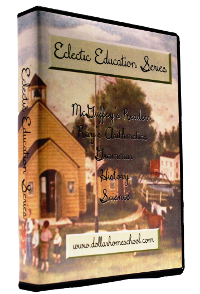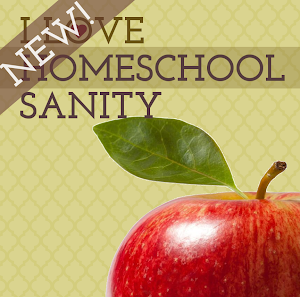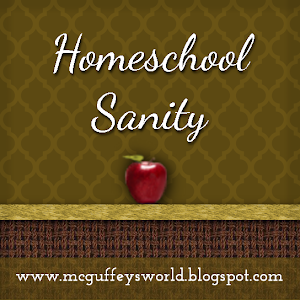 |
| My little eager beaver! |
My little five-year-old daughter is chomping at the bit to produce real words. She takes every opportunity to practice; she gives us papers, chalkboards, and magna-doodles filled with lines of letter-looking shapes in various sequences and asks us to "read" them for her.
Of course, most of these are unintelligible, but we do our best and try and read them aloud to her, sort of like interpreting a strange language.
But these hieroglyphics are serious business to her, and so we tend to them as being serious. They are her beginnings, and they should be encouraged.
I have seen this pattern over and over in my beginning readers. They are seeing that everyone who is grown-up (or is growing-up) is writing words, so they want to keep up!
I like to use the book Teach Your Child to Read in 100 Easy Lessons to tiny ones (while using the original McGuffey's primer, of course). The first 15 or so lessons in this text take a child from seeing words as blocks or blurs on a page to seeing them as sequences of sounds strung together. It also teaches them some very important reading skills--such as how to track words from left to right, and how to sound a word out slowly, then say it fast.
My children tend to lose interest if I go past the first part of the book--this is when the McGuffey's works can be used to their best benefit.
Along with initial reading and decoding, I like to take a small child's enthusiasm for writing and run with it. Of course, it is very important not to discourage all of the free-writing they do; even if they do not keep within lines or even make all the letters backwards! A blank page is the best canvas for their first artistic attempts at written language.
But there is a place for more structured study of letters. This is where their first copybooks come into play. I like to order mine from Sam's Club--the Roaring Spring brand that are lined for beginners (at this writing they were $1.16 a piece, shipping included!).
While skipping around the Net on different homeschooling blogs I stumbled across a method of creating copy pages for very young ones that I thought to be so simple, yet so ingenious! It involves the use of highlighters. I have since improved on the original idea and come up with a method that keeps my children on track. I use different colors for the "boundaries" of the pages--such as the space between lines, etc. I then use a different-colored highlighter for the letters and words themselves. I also put a dot with a regular pen at the point which a child should begin a letter (my children have all had a tendency to begin their letters at the bottom, instead of the top). A picture example follows:
 |
I skipped a line on the 2nd page because of the scribbles of the 2-year-old trying to help! |
These pages take only a few short minutes to create, and yet I believe just the fact that I have done them myself makes them more valuable to my tiny one. There is a sort of emotional connection that happens with things done by hand, and small children need this--after all, they are just coming out from under our hearts into the wide world.




























